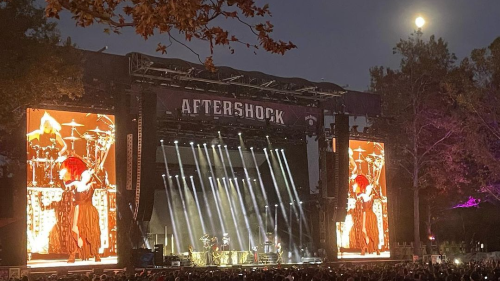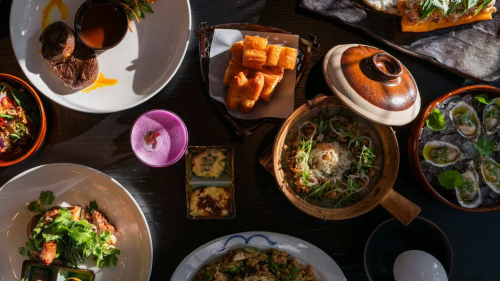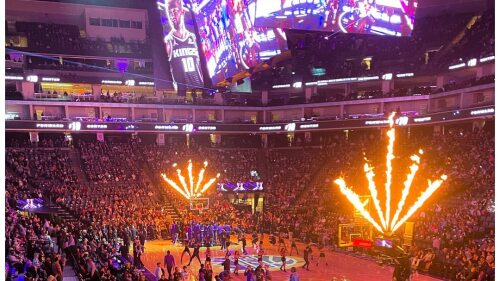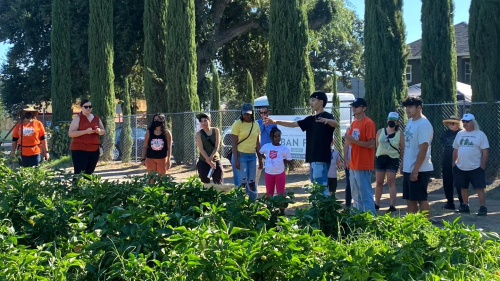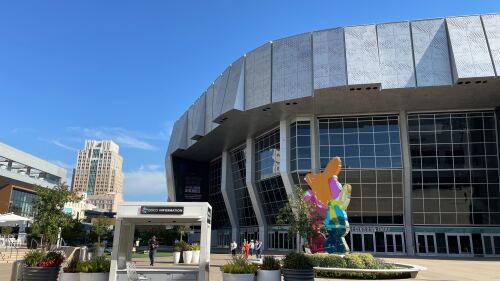With April winding down + baseball season in full swing, we thought we’d go back to the old, old ballgame. How old? For Sacramento, baseball goes as far back as the Gold Rush when it was thought of as a “gentleman’s game” played on Sundays, according to local baseball historian Alan O’Connor.
Back in those days, there weren’t teams like our River Cats. In fact, the sport didn’t really start taking shape in the River City until 1859 when it made history by launching the Sacramento Base Ball Club — the first active club of its kind in California (a feat that really rankled our Bay Area neighbors who started their own just a few days later).
A bona fide baseball town, Sac has known many different baseball teams: The Altas, the Senators, and the Gilt Edges. But the most enduring moniker of all would be the Sacramento Solons, a name that references a Grecian statesman + the fact we’re the state capital.
The Solons were one of six teams that helped form the Pacific Coast League around 1903 — even hosting its first game — but it unfortunately only lasted one season. The name returned to the City of Trees in 1936 for a team that took the PCL pennant in 1942, and featured hall-of-famers like Tony Freitas.
However, the most famous Sacramento Solons franchise was the1974 team, one which MLB calls “the most dinger-tastic baseball team of all time.” Yet, it’s not for the reasons you might think.
The team didn’t have a park to play at when they moved to Sacramento from Eugene, Oregon. The old Solons’ field — which stood where the Riverside Target now stands — had been demolished in 1964. So, they went for a decidedly janky option: to repurpose Hughes Stadium, which had been used by Sacramento City College’s football team.
As one might expect, the field wasn’t exactly up to code for a game of professional baseball. The left field fence was so close to the home plate — only 233 feet away instead of 325 feet — that 51 total home runs were recorded in the first six games played at the stadium. By the end of the season, it had amassed 491 homers in total.
This fact also helped keep the Solons firmly in last place all year long, as opposing teams would routinely knock it out of the park — but that didn’t stop Sacramentans from making it the most supported ballpark that year.
Team owner John Carbray decided to move the left field fence further back in 1975, but it couldn’t help the franchise — no team wanted to play at a park that had an average of seven home runs per game. The Solons left town the following season.
It would only be after the PCL’s Vancouver Canadians were purchased, moved + renamed the Sacramento River Cats in 2000 that baseball would once again be a hometown pastime.
Interested in seeing a River Cats game? Check out their schedule here.




